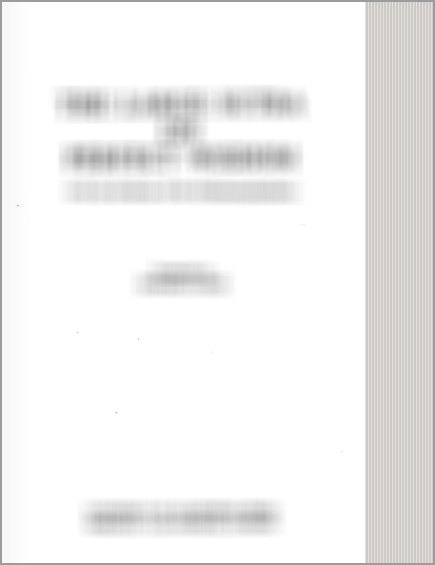Kingship in early Medieval India
by Sudip Narayan Maitra | 2015 | 67,940 words
This thesis is called: Kingship in early Medieval India: A comparative study of the Cholas and the Eastern Gangas. It represents a detailed empirical study of “kingship and polity” of two broad deltaic alluvial stretch of land on the “eastern coast”, namely ‘Mahanadi’ and ‘Kaveri’ delta. These were among the main centers of political and cultural a...
Part 6 - The Chakravartin Ideal (of the Kaveri Delta and the Cholas)
The ideology of vijigisu, found in Dharmasastrs, found popularly accepted by the south Indian kings, especially the Cholas. The aggression for expansion on the part of a king to become a supreme ruler over his subordinate rulers is found remarkable reference in Arthasastra. But K. Veluthat suggests that this idea of universal ruler driven not only for vijigisu, but the sovereign universal ruler of early medieval south India, drove for sarvabhouma or to become Rajadhiraja over his suzerain rulers. In Pallava inscription, we find the title of Kokonmaikondan, who is described as those who lessen the burden of Adisesa of holding the earth.[1] But in any way the sovereign ruler has to establish himself as the overlord of all the kings on the earth. This earth denotes obviously the neighbourhood, shorter or greater, of that ruling lineage.
The titles like Paramesvara, or Keraladhinatha, found in Chera records, are the expressions of Supreme lordship over their territory. The Cholas were also taking similar titles after capturing different regions in their neighbourhood.
